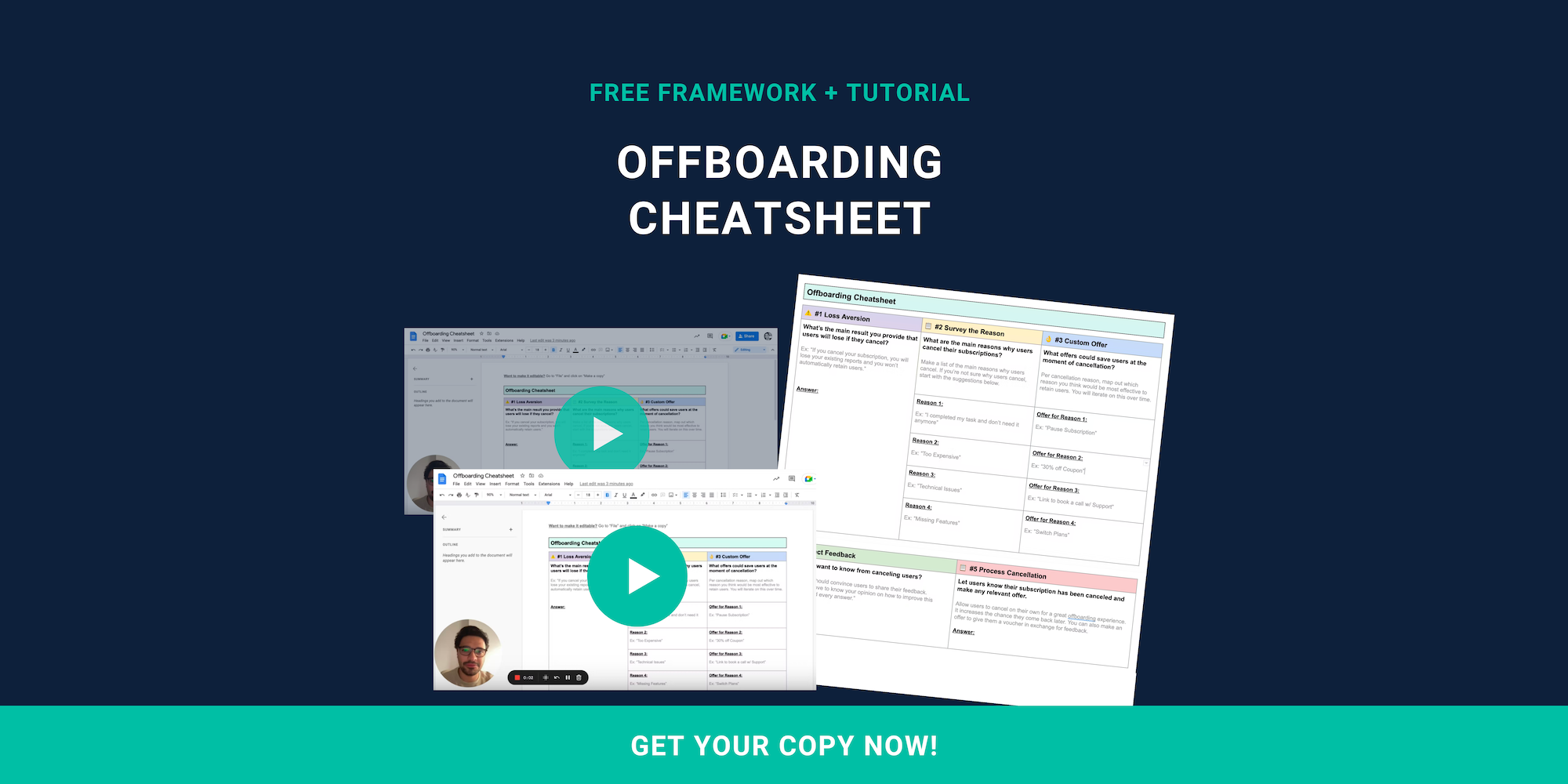Table of Contents
- Key Metrics That Impact Your SaaS Company's Value
- Revenue
- Understanding The Importance Of SaaS Valuations
- What is an acceptable churn rate?
- The Growing Demand For SaaS Companies In 2023
- The Importance Of Strong Customer Relationships
- The Impact Of Sales & Marketing Strategies On Valuations
- The Role Of Intellectual Property In SaaS Valuations
- Conclusion: Accurately Assessing Your SaaS Company's Value in 2023
The multiples attached to SaaS valuations vary depending on the economic climate.
- Ever stare at a contract, excited about the potential revenue, but unsure how much it's really worth per year?
- Feeling overwhelmed by multi-year deals and struggling to analyze their long-term impact?
- Is a $10,000 annual contract with a 2-year term more valuable than a $20,000 one-year deal?
- Wish you had a clear, simple way to measure the annual value of each customer and make informed business decisions?
If you answered yes to any of these, then you're not alone.
This article is for:
- Sales reps hungry for accurate deal forecasting.
- Finance teams yearning for predictable revenue.
- Product managers dreaming of scaling with laser focus.
SaaS startups valued under $2 million can expect ARR (Annual Recurring Revenue) multiples between 5x to 7x revenue.
SaaS companies valued at over $2 million can expect ARR multiples between 7 to 10x.
The question is, how do you know how much your business is worth?
In this guide, we will break down everything you need to know about calculating SaaS valuations and how to calculate the right number for your SaaS business.
Key Metrics That Impact Your SaaS Company's Value
Revenue
Several key metrics impact the value of a SaaS company, including:
- Revenue growth
- Customer acquisition costs
- Customer lifetime value
Understanding how these metrics are calculated and how they impact your company's value is crucial for accurate SaaS valuation.
Revenue growth is an important metric in SaaS valuation because it reflects the business’s potential for future growth. The rate at which a SaaS company's revenue is growing can impact its value greatly, as it’s an indication of the company's ability to attract and retain users.
Investors and venture capitalists are attracted to high rates of revenue growth as it’s a clear indication that the SaaS company has a strong and growing user base.
Customer acquisition cost (CAC) is an interesting metric.
A reasonable price tag attached to the acquisition of each SaaS user is often a good way to prove that your business can grow with an injection of capital.
Although, you must ensure customer acquisition costs are sustainable so that you do not run out of road further down the line.
The relationship between customer acquisition costs and customer lifetime value is critically important.
The cost to acquire a SaaS user should never outweigh their expected lifetime value.
If you can demonstrate the ability to acquire new users sustainably over the long term, you are likely to receive a favorable valuation.
Understanding The Importance Of SaaS Valuations
Whether you want to attract investors or simply plan for the future, you must have a clear understanding of what your SaaS company is potentially worth.
You cannot automatically use the same ARR multiples as other SaaS companies.
There is no shortage of variables that come into play with SaaS valuations.
After all, no SaaS company is the same.
If you are serious about building a SaaS company that’s well-positioned for the future, you must get a handle on your numbers.
The Growing Demand For SaaS Companies In 2023
VCs enjoy adding SaaS companies to their portfolios as they provide predictable, recurring revenue.
To stay ahead of the competition, SaaS companies must understand their worth and know how to maximize it.
Ultimately, it all comes down to tracking a few key metrics that will determine your SaaS company’s value.
These metrics are of particular importance to venture capitalists that are interested in acquiring or investing in SaaS companies.
The Importance Of Strong Customer Relationships
How sticky are your users?
When you acquire new users, do they stick around?
If you want to get a juicy SaaS valuation, you must keep user churn under control.
The relationships a SaaS company has with its users are critical to its overall value.
If you cannot keep hold of your users and fail to inspire retention, your subscription base will essentially resemble a leaking bucket.
Sure, every SaaS company experiences churn - but there are different levels of churn.
The best thing you can do is continuously study the needs of your users and develop a SaaS product that’s exceptionally good at solving a persistent problem for a specific market.
The Impact Of Sales & Marketing Strategies On Valuations
Is your SaaS sales strategy scalable and sustainable?
Will this strategy enable you to continuously unlock monthly recurring revenue well into the future?
Naturally, sustainable sales and marketing strategies are very attractive to SaaS investors.
They want to see a clear path forward for continued revenue generation.
From the outset, your SaaS company should have a well-defined target market and a clear go-to-market strategy.
This makes it easier for you to acquire new users and increase your overall value.
The Role Of Intellectual Property In SaaS Valuations
Intellectual property, such as patents, trademarks, and copyrights, can also play a role in determining the value of a SaaS company.
If a SaaS business has strong intellectual property, this can itself create a competitive and help to increase the company's value.
Intellectual property can also help to protect the company's technology and offerings, which can reduce the risk for those interested in investing in the SaaS business.
Conclusion: Accurately Assessing Your SaaS Company's Value in 2023
When it comes to attracting investment, negotiating deals, and planning for the future, SaaS businesses must have a solid understanding of their worth.
As we’ve mentioned, there are many different factors to take into consideration.
You should not overlook the importance of keeping churn under control.
If your SaaS customer base resembles a heavily leaking bucket, this is a problem.

Offboarding Cheatsheet
This framework + video tutorial will help you design a better cancellation process.
Some of our featured articles

Adam Crookes

Miguel Marques

Adam Crookes
Customer Success insights in your inbox
Helping Founders and Customer Success Managers handle customer retention effectively.
We will only ever send you relevant content. Unsubscribe anytime.


